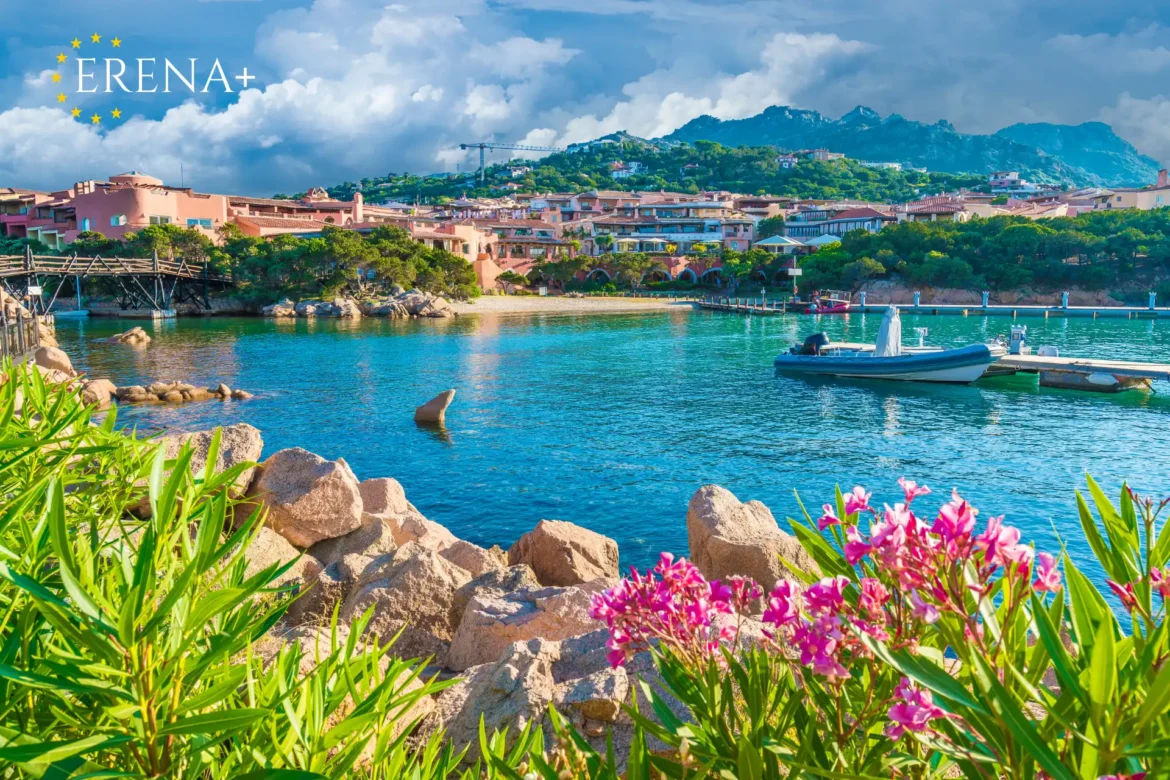Sardinia, the stunning island in the Mediterranean, is home to some of the most beautiful and historic properties in Europe. From ancient stone towers to grand villas, Sardinia’s heritage homes offer a unique opportunity to own a piece of history. However, purchasing and maintaining a historical property on the island comes with significant costs and responsibilities. In this guide, we explore the key factors to consider before investing in Sardinia’s heritage properties.
Why Invest in Sardinia’s Heritage Homes?
Sardinia’s historical homes are known for their unique architectural features, including traditional stone construction, expansive terraces, and breathtaking views. These homes are not only beautiful but also a vital part of the island’s cultural heritage. Owning one of these properties allows buyers to immerse themselves in Sardinia’s rich history and lifestyle.
The charm of owning a historical property in Sardinia is undeniable, but it’s essential to consider both the benefits and challenges that come with it. Many heritage homes are located in rural or scenic locations, making them highly attractive for vacation homes, boutique hotels, or exclusive retreats.
Understanding the Costs of Purchasing a Historical Property
The cost of buying a heritage property in Sardinia varies widely depending on the location, size, and condition of the property.
- Rural Areas: You can find more affordable properties, such as old farmhouses or smaller stone houses, starting from around €100,000 to €200,000 in less tourist-heavy regions of Sardinia.
- Coastal Areas & Popular Regions: In more sought-after locations like Alghero, Olbia, or Cagliari, prices can climb to €1 million or higher for well-preserved villas and estates.
Sardinia’s real estate market is growing, with more foreign buyers seeking properties for both investment and lifestyle purposes. As demand increases, prices are expected to rise, particularly for homes near the island’s popular tourist destinations.
Restoration and Renovation Costs
Many heritage homes in Sardinia are in need of renovation, which is a significant factor to consider. Restoring these properties requires expertise and attention to detail, as maintaining their original character is a priority. Renovation costs can range from €500 to €2,000 per square meter, depending on the property’s condition and the complexity of the restoration.
Additionally, strict local and national laws protect historical buildings, meaning any renovation work must be approved by local authorities. This often adds extra time and costs to the process, but it ensures that the property’s cultural heritage is preserved.
Ongoing Maintenance and Upkeep
Maintaining a historical property requires ongoing investment. Traditional materials like stone and plaster may need regular care, and the roofs, windows, and foundations are particularly vulnerable to wear over time. Properties in coastal areas are also at risk of saltwater corrosion, adding to the maintenance costs.
Many heritage homes do not come with modern amenities, so buyers may need to invest in systems like heating, air conditioning, and updated plumbing. These improvements can add significant costs to the overall upkeep of the property.
Legal and Tax Considerations for Historical Properties
Purchasing a historical property in Sardinia involves navigating Italy’s complex legal and tax system. In addition to national property taxes, there may be extra costs associated with maintaining or restoring a heritage property, such as conservation fees and inspections. Buyers must also comply with local zoning laws and restrictions on changes to the building.
Consulting with a local real estate agent, lawyer, or financial advisor is crucial when buying a heritage home in Sardinia to understand all legal and tax implications fully.
Rental Income Potential for Heritage Homes
For those looking to offset costs, renting out a heritage property can provide a steady stream of income. Sardinia’s popularity as a tourist destination means that historical homes—particularly those in scenic or coastal areas—are attractive options for short-term rentals or boutique hotels.
By turning the property into a vacation rental or hosting events, owners can generate significant revenue. However, managing a rental property involves additional responsibilities, such as maintaining high service standards and adhering to local rental regulations.
Conclusion: The Rewards and Challenges of Owning a Sardinian Heritage Home
Owning a historical property in Sardinia offers a rare chance to preserve the island’s rich cultural heritage while enjoying Mediterranean living. However, the investment comes with considerable costs, including purchase price, renovation expenses, ongoing maintenance, and legal considerations.
For those willing to invest the time and resources, owning a heritage home in Sardinia can be a rewarding experience, offering a unique blend of history, charm, and potential for rental income. However, it’s important to carefully assess the financial and logistical aspects before taking the plunge into this dream investment.


1 comment
Super informative